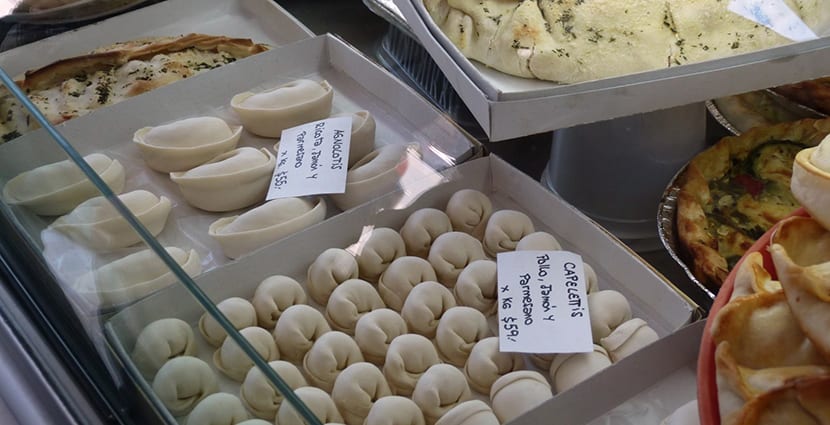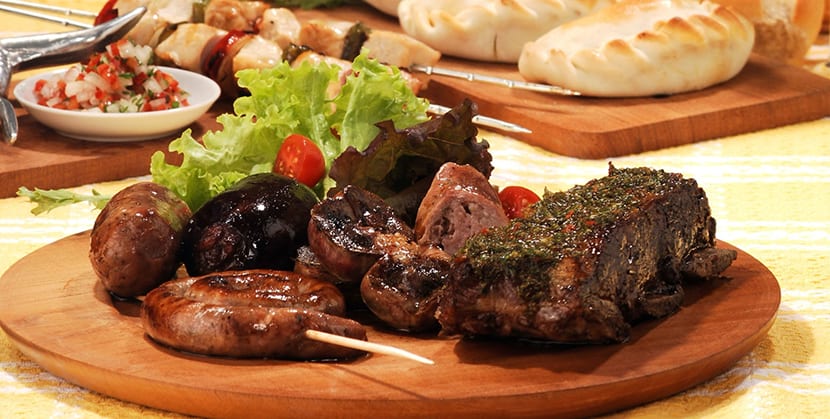
One of the most beautiful Latin American capitals is Buenos Aires. It is because of its people, its streets, buildings, green spaces, gastronomy and cultural activity. It is at the head of the cultural life, day and night, of this part of the continent.
I am one of those people who combine holidays with gastronomic holidays. That is, I do not intend or seek to eat the same as at home. On the contrary, I love experiencing new flavors because the idea is precisely to feel good away from home to really appreciate how big and multicultural the world is. So, When you go to Buenos Aires my advice is that you don't leave the city without trying these five foods.
The roast
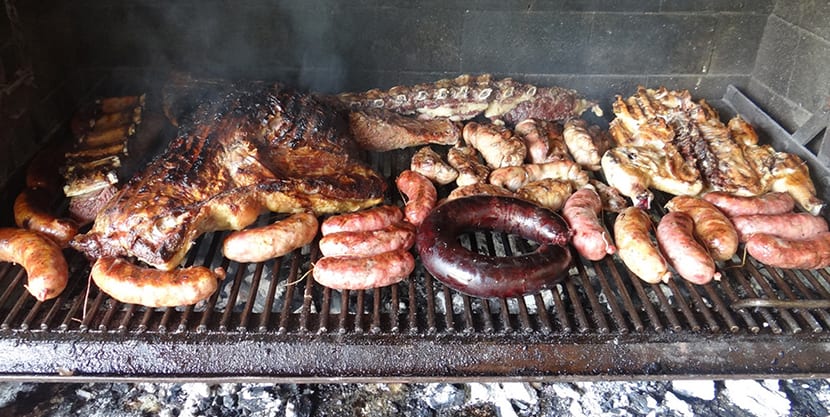
Grilled food is not a priority in Argentina, it is true, but here it is part of what it is to be Argentine. While the consumption of beef per capita It has been declining over the years and is still one of the highest in the world. It is enough to take the car and make trips through the Pampa to see cows everywhere, among, also, many soy plantations (the mainstay of its current exports).
The Argentine way of grilling meat is to grill it, with charcoal and / or firewood. Specialists pay close attention to the type of firewood to use and it is quite a ritual «to make a barbecue» Well, it doesn't just focus on food. It all starts with the purchase of meat, wines, bread, making the fire in time to have good embers and taking everything with ease so that the result is succulent.
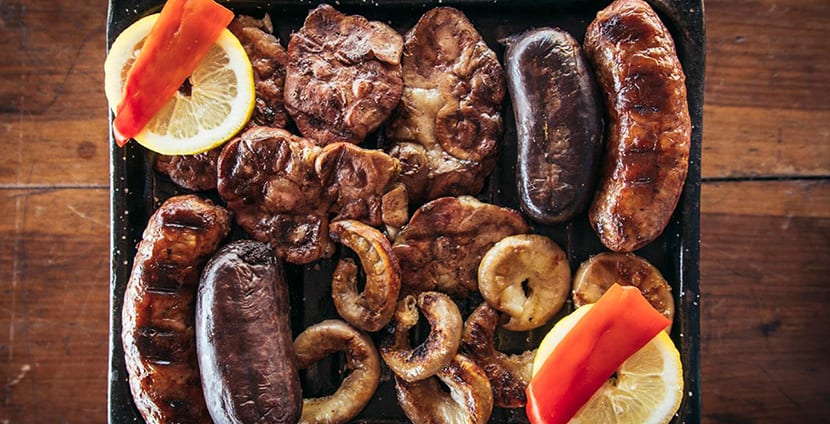
Strip of roast, vacuum, matambre, roast cover, loin, chicken and to your own taste the best: the achuras. Here nothing of the animal is wasted so you can taste some good ones chitterlings (cow intestines), kidneys, gizzard, sausages and blood sausage. Each chef has his own style but there is nothing richer than the lemon gizzards, the Provençal kidneys, the black pudding with walnuts and the crunchy chinchulines.
If you have a friend or acquaintance who invites you to have a barbecue at his house, do not hesitate. If not, there are grills all over the city. Not all of them have the same quality of meat so don't go for the cheapest one. La Cabrera is a good restaurant, for example.
Milanesas with fries
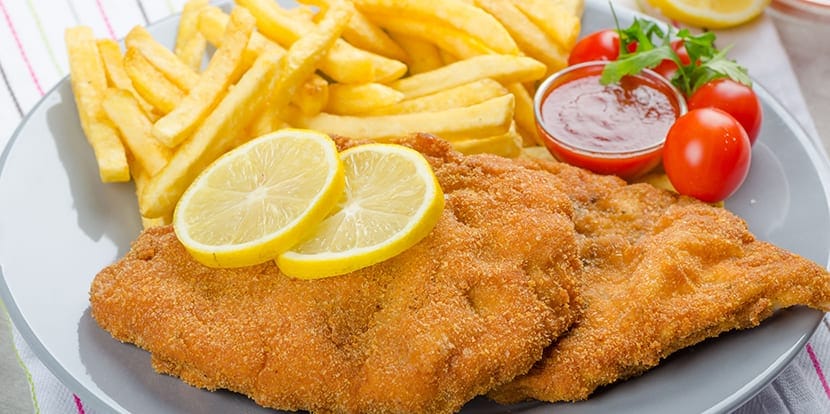
This is a typical still life plate, from a small neighborhood restaurant, often run by its owners. But it is so popular that it is common to see it on the menu of finer sites. The Milanese is nothing but a thin piece of beef, there are several cuts of the cow that can be used for that, soft-boiled egg and breadcrumbs. That is fried and accompanied with a good portion of fries. A delicacy!
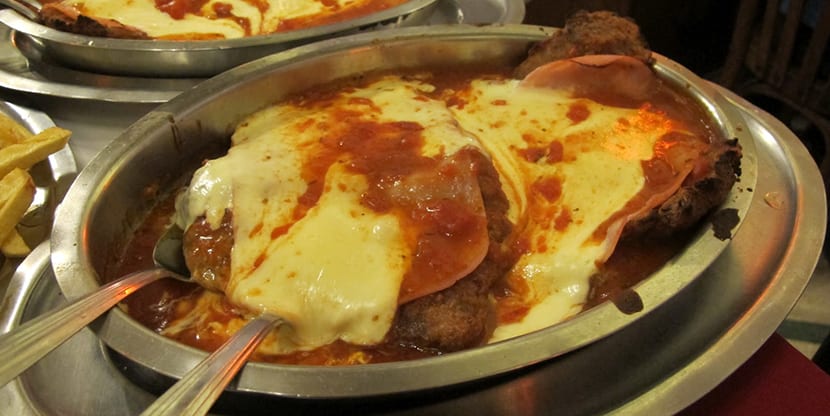
And there are varieties so you can ask for the Milanese to the Neapolitan: with tomato sauce, ham and melted cheese, or Milanese on horseback, with all that and fried egg. Even when Argentines prepare them at home, they usually add chopped parsley and garlic to the egg mixture, or basil or even a little mustard.
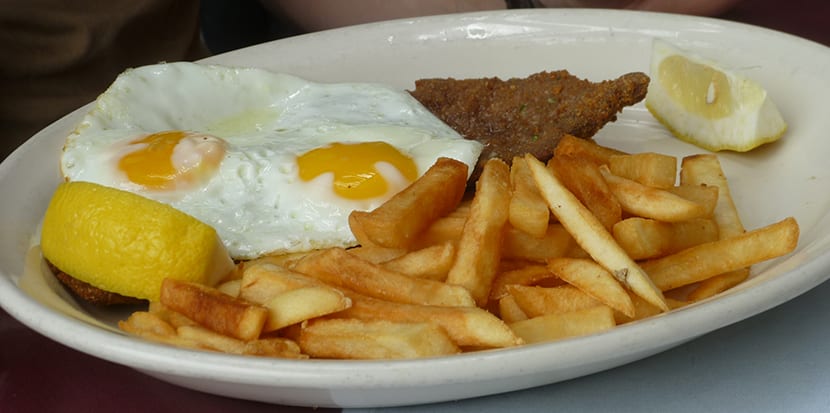
Is there a better place than another to eat milanesas with fries? Well, any still life is worth it because it is a typical dish. If you move through the area of Palermo, the coolest for young tourists, you will see that there is a chain of stores called The Milanesa Club. You can try there.
Pasta and pizzas
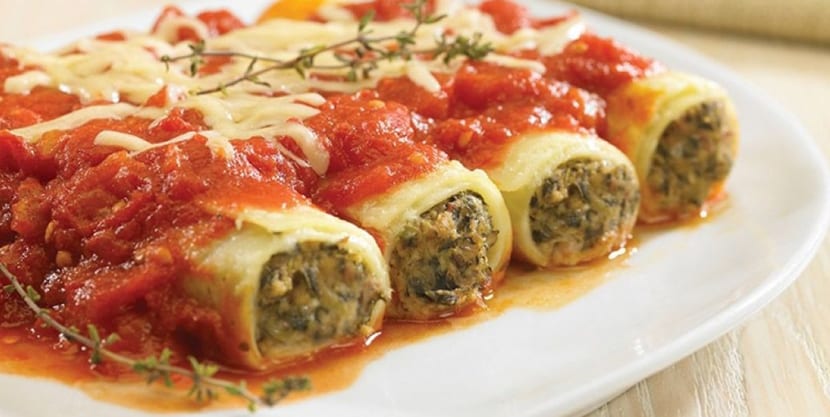
If the barbecue is very Argentine, it comes from the gaucho in the Pampas and the interior of the country, the pasta and the pizzas Argentines have inherited them from their own grandparents. And we must not forget that Argentina is a country of immigrants from all over Europe, but especially from Spain and Italy. The Italians (70% of the total compared to 40% of the Spanish), came to dominate the novel Buenos Aires cuisine with many of their dishes.
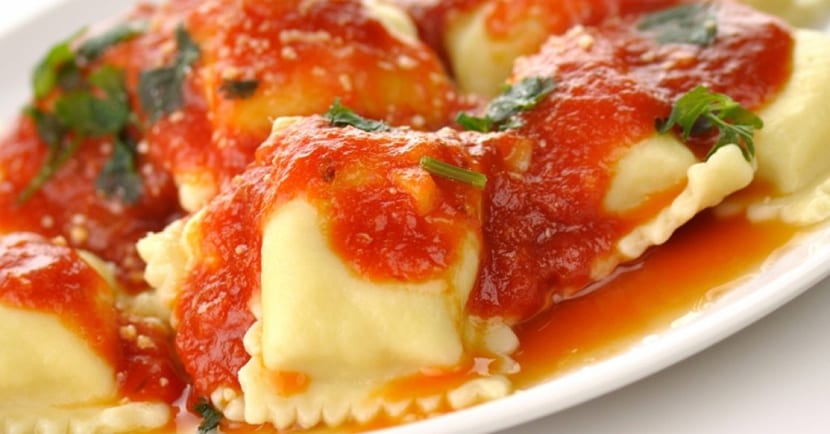
The truth is that there are many restaurants that serve good pastas and they don't have much to envy Italy. There are restaurants with Italian names that are classified as specialists, but at the same time in any still life or small restaurant, of those where workers have lunch, they serve pasta: noodles, cannelloni, gnocchi, lasagna, sorrentinos, ravioli. They are filled with cottage cheese, cottage cheese and walnuts, vegetables, chicken, pumpkin ...
Some recommendable sites? To buy and prepare at home you can go to any "Pasta factory" that sells fresh pasta by the kilo or by the box. An Italian chef named Donato de Santis (who was the chef of Versace), has settled in the country and has his own shop and restaurant, Kitchen Paradise, in the Palermo area. Another good pasta restaurant is The Parolaccia with several branches, including one in Puerto Madero. Two people here can pay 1000 Argentine pesos with a drink.
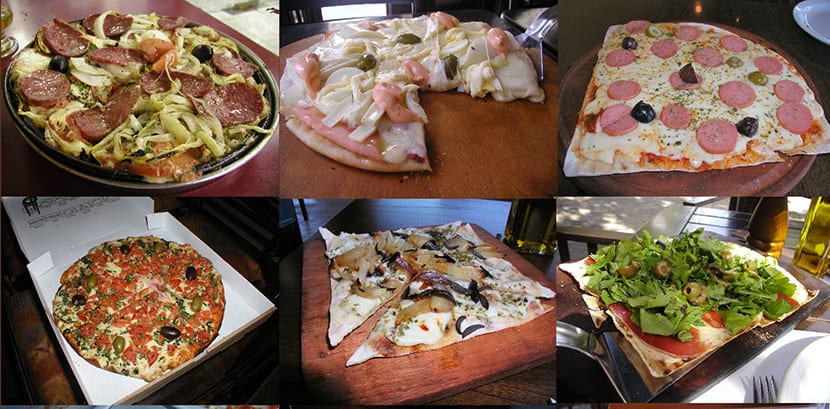
With regard to pizza you will not see the typical individual and finite pizza that they serve you in Italy. Here is a little thicker And you can order it even at medium mass (that is, high). There are all tastes and sometimes you have the option of having it cooked in a wood oven, much better. Add one portion of fainá (chickpea dough in the same way as pizza), and finger licking.
The Little Room, The Quatrains, Empire, Angelin, The Pizza Empire, Guerrin, are some of the best pizzerias of the many but many that there are in the city. A popular chain is Romario, maybe not the best pizza but cheap and good.
Dulce de leche bills
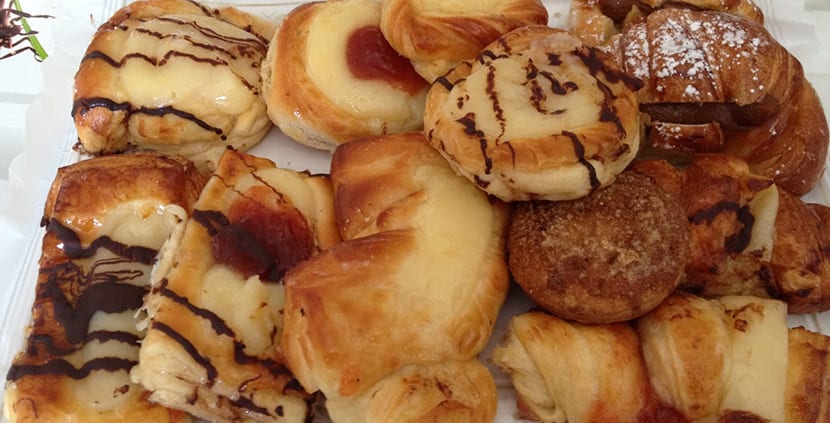
When it is the weekend and tea time arrives, the bakeries / confectioneries start to fill up with people. Especially in winter because the cold invites you to eat bills, as they say around here to the sweet buns with different ingredients and flavors.
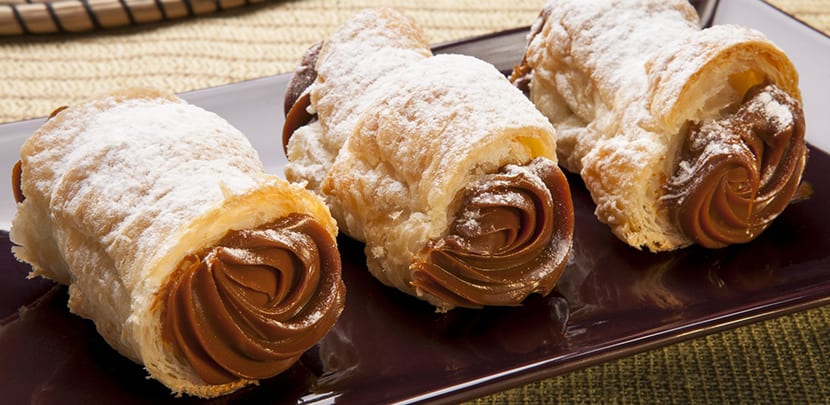
And names: there are vigilantes, friar balls, puff pastry bills, Neapolitans, croissants, churros and endless other options. Some have pastry cream, others quince, fruits and many of them a very Argentine sweet that is the fudge. Although throughout Latin America there are versions of this sweet, Argentina has taken over being the largest producer and consumer. There are friar balls stuffed with dulce de leche and the same croissants and Churros (Great combination !, I recommend it especially if you are Spanish).
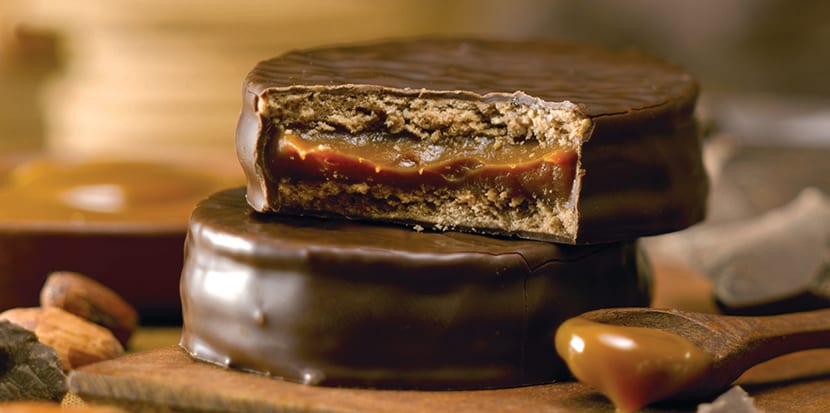
Another delicacy with dulce de leche is alfajor. They are available in bakeries, more artisanal, but they abound in kiosks and supermarkets. There are several brands and they are mini cakes or mini cakes dipped in chocolate and filled with dulce de leche.
Good brands? Well Havanna is a classic and almost nobody beats him. If you're going to try, make it Havanna. Today the store has become a chain of coffee shops so you can drink a coffee with a tasty gingerbread from the wide variety it offers: mousse, walnut, fruit ...
Wines and beers
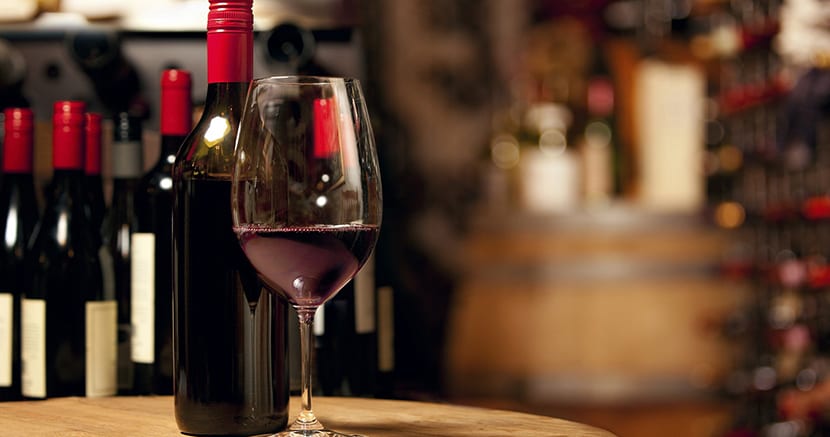
Although they are not strictly food, they are the two most popular drinks in Argentina in general and in Buenos Aires in particular. Argentine wine is famous all over the world, especially for its tasty Malbec. There are accessible brands to buy in the supermarket and try at home, such as Dadá, López, Estiba I, Callia, San Felipe or Postales del Fin del Mundo, just to name a few of those that have bottles for 100 pesos or less, but of course the more expensive the wine the better: Graffigna, Terrazas, Rutini, Catena, etc.
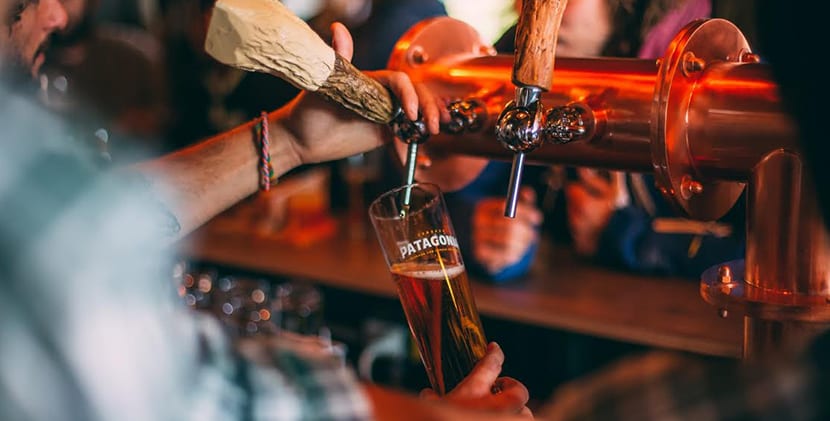
And in terms of beers for a while now a beer rebirth has begun in the country very interesting. Small craft beer distilleries have begun to develop hand in hand with curious people. Today the coolest bars sell craft beer and a few brands have left the niche and become better known. They have even had their own bars. It is the case of beer Antares, Berlin or the Patagonia.
A good wine for dinner and a good Argentine craft beer to enjoy with friends. And if neither of the two options you like very much, you can try other local drinks such as Fernet Branca with Coca-Cola.
